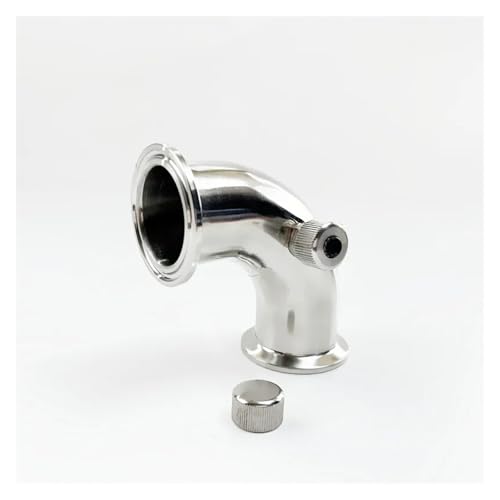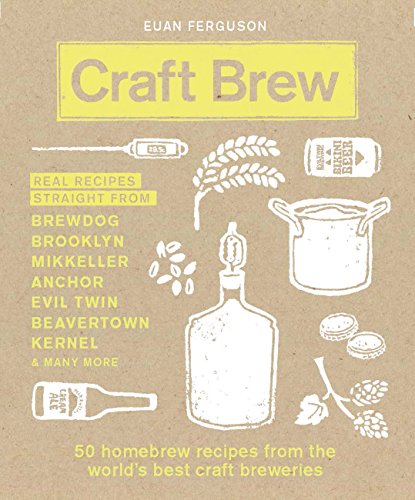Oh dear, where do I begin with this one?
1) 6-7% beer? Ok, you should NOT be doing this. Why? In short your general kit is 'designed' to be made with 1 Kg of sugar, which is around 33% of the fermentable sugars. It also gives you a alcohol level around 4%. If you want to boost the alcohol to 5-7% you would increase the sugar content to maybe 50% or more! Your no longer brewing beer, your brewing slightly beer flavoured sugar water. While cane sugar, and particularly unrefined cane sugar contributes rum like flavours to your beer, these flavours are not favourable in high quantities. What is worse is beet sugar, which gives bad off flavours from small quantities. American lager (like budwiser) is produced using corn syrup, rice, maze etc. These provide fermentable sugars with little or no flavour, which allow for the body of the beer to be light while the alcohol content high. However, these adjuncts are only used in small quantities (relatively) and your budweiser is only 4.x percent anyway.
1.1) There is a second problem. Your can kit contains enough hop bitterness to work with one batch of beer (say 23 litres). In brewing beer, bitterness from hops is important, and it is an amount relative to the sweetness of the beer from malt. In simple terms the more fermentable sugars in your brew the higher the final alcohol content. The higher the fermentable sugars in your brew the sweeter your end product, so the more hops you need to add to bring the sweeness down and in ballance. If you throw a load of sugar into your brew to boost the alcohol content, your end beer wont have the right bitterness balance, so will be overly sweet. This is not nice.
1.3) Third problem, NEVER use sugar! Some of the best beers int he world are in Germany and they only use malt, water, hops and yeast by law! When making up kits, use spray malt. The cost is more expensive, BUT the end result is much better. Ignore hopped extract by the way. 1 Kg sugar = 1 Kg spray malt.
2) You dont like ale, fair enough. The probelm is larger is the german word for store, as in to store the beer. So what? Lager gets its flavour partly from the light malt used, partly from the hops used, but also from the low temperature fermentation (12C for 3 weeks) and the even longer and lower conditioning (2C for 8 weeks) and finaly carbonation (12C for 8 weeks). You need to be able to controll those temperatures to be able to brew a good batch. If you dont, the clean crisp end flavour you wont just wont be there. Compare it to a stout, 2 weeks at 21C then bottle and condition for 2 weeks in the bottle at 21C. In ales if you dont get fermentation right the off flavours can actually be a flavour bonus. Do you like wheat beer? If so a lot of those flavours come from 'bad brewing' techniques to develop the banana and clove characteristics. Chosing to brew a lager as your first brew is fine, but you will find it harder to brew a great beer than if you learn your craft with ale and then move onto lagers later.
So what do I suggest? Well, you want to brew a good lager like budweiser first time. Ok. I will ignore your high alcohol request. Dont like it, tough, just have a vodka shot before your pint. My job here is to advise on brewing the best beer you can.
Get your Canadian Blond kit:
http://www.brewuk.co.uk/store/beerkits/ ... 1-7kg.html
get your 1 Kg extra light spray malt:
http://www.brewuk.co.uk/store/ingredien ... t-1kg.html
Get some good chemical cleaner:
http://www.brewuk.co.uk/store/chemicals ... n-1kg.html
Proper Yeast (not essential, but will improve your brew) - 2 packs NEEDED
http://www.brewuk.co.uk/store/ingredien ... yeast.html
I assume you have the brewing equipment. Steralise EVERYTHING that might come in contact with your beer. Follow instructions on the tin using spray malt instead of sugar. Make sure you get LOTS of air into your beer before the yeast is added. A few minutes of vigerous stiring should do the trick. You need 2 packs of yeast, so I recommend two packs of the linked yeast above.
Pitch your yeast, add the lid with the air lock, and then move your fermenter into a 12 deg C enviornment (or as close as) for 4 weeks. Now add sugar to your bottles. syphon your beer into the bottles, cap them and leave them in as cool an enviornment as possible for 4 weeks, then room temp for 8 weeks. If you have a second fermenter the schedule would be 3 weeks in the primary, 4-8 weeks in the secondary and then just the bottle and room temp conditioning for the bubbles.
Yes, this is a long way to get the beer done, but it will give you the best lager possible for very little money (compared to the shop stuff). Is it worth it? Well you can cut corners and costs by useing the coopers yeast (1 sachet) and cheap-o beet sugar, fermented for 2 weeks and bottled, but your end beer will be disapointing at best and undrinkable at worst.
Brewing is a science not an art, and taste comes with skill and craft and not penny pinching and rushing.





















![BREWING THERMOMETER STICKERS ACCURATELY MONITOR FERMENTING BEER & WINE LIQUID TEMPERATURES 5PCS HOME BREW SPIRITS WINE LCD ADHESIVE [US]](https://m.media-amazon.com/images/I/311DDjo2X3L._SL500_.jpg)





















 I haven't a clue or the time either but I will start with these.
I haven't a clue or the time either but I will start with these.